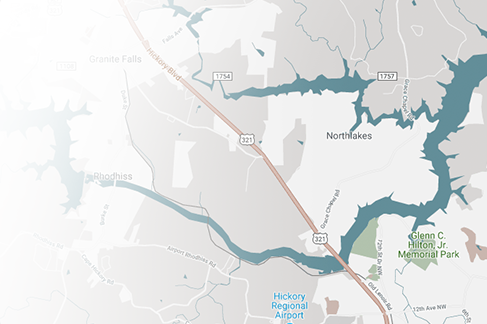A broken clavicle is one of the most common and dreaded skeletal injuries, for a good reason. The area, including the clavicle bone, is dense in nerve endings, making it a particularly painful break, and it is also known for being difficult to heal. The good news is that patients will recover faster if they follow their doctor's instructions during recovery.
A broken collarbone happens when the bone that connects the shoulder to the upper breastplate is either fractured or snaps. This type of injury occurs most often when a person falls onto his or her shoulder or an outstretched hand during an accelerated fall from a height or when falling from a skateboard or bicycle. This type of break can frequently be treated without surgery. But it cannot be stabilized as easily as the bones of the limbs because of its placement inside the complex structure that comprises the shoulder.
A broken clavicle is always painful, but sometimes it can be more painful when complications are present. Surgical intervention may be the best treatment option when the bones are out of position, or other factors complicate the healing process.
Surgical Treatment of a Broken Clavicle
The standard surgical treatment includes Open Reduction (OR) and Internal Fixation (IF). In Open Reduction, bone fragments are repositioned into normal alignment. Then the remaining bones and fragments are held in a fixed position using special surgical-grade hardware.
Pain Management
Pain is a normal part of the healing process for this type of fracture and is to be expected. In most cases, ice and non-prescription medication are all that are needed to manage pain. When severe pain arises, prescription-strength pain medicine can be obtained from a doctor. Patients should understand that prescription pain medication can be addictive. Addiction to pain medication is a serious and sometimes deadly medical condition. Therefore, pain medication will only be prescribed for a short time. Patients should be advised that some pain toleration will be necessary to mitigate the risk of addiction.
Rehabilitation
Recovery times are well established for this common form of fracture. Interventions and recommended activities include a home therapy plan and/or the services of a physical therapist and gentle motion as recommended by a physical therapist or other medical professionals. Setbacks are common as patients frequently re-injure the clavicle during the recovery period. Patients are strongly advised to follow their doctor's instructions thoroughly and to the letter to avoid complications.
Outcome
Normal recovery can be expected to take several months. However, most people will be able to return to full activities within 3 months if they follow their doctor's care plan closely.
It's important to bear in mind that pain can subside, and the bone may feel stable before it is fully healed. Returning to normal activities before the bone is fully healed and stable comes with a risk of re-injury. Oftentimes, a re-injured bone that is broken before a full recovery is achieved can result in an even more severe injury. Your doctor will examine the bone and let you know when your clavicle is fully stable, and you can participate in sports and other activities.
At Prime Surgical Suites, we provide state-of-the-art, cost-effective musculoskeletal surgical care in a convenient and comfortable outpatient setting for patients of all ages. Located in RiverCrest Medical Park, we are the region's first outpatient center focused exclusively on orthopedics. Our physician-led center will help restore your active lifestyle and well-being with compassion and orthopedic excellence.
.png?width=200&height=63&name=Prime%20Surgical%20Suites%20Logo-FINAL%20(REV_2_19).png)






